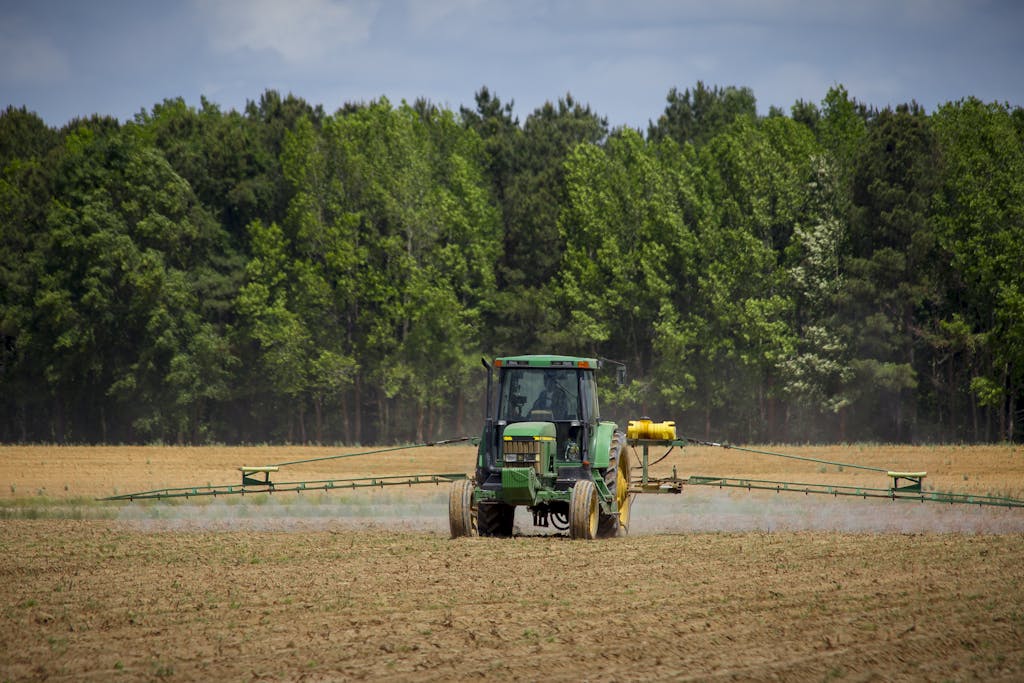Seeding is close to the half-way mark in Saskatchewan, according to Thursday’s provincial crop report.
Progress is 49% complete, up 31% from last week and is ahead of the five-year average of 32% and the ten-year average of 34%.
The southwest region is the furthest ahead at 76% complete, while the northwest region sits at 49% complete, the southeast, west-central and northeast regions are all at 43% complete, and the east-central region is 33% complete.
Pulse crops continue to lead other crop types in progress with 78% of field peas seeded, followed by lentils at 71%, and chickpeas at 65%. For cereal crops, triticale is 73% seeded, durum 65%, spring wheat 53%, barley 45%, oats 28%, and canary seed at 23%. Mustard continues to lead oilseed crops in seeding progress at 66%, then canola at 29%, and flax at 28%. Perennial forage is at 25% seeded and soybeans are the furthest behind at 14%.
The lack of rain this past week helped farmers stay in the field and get seed in the ground. The Marengo area recorded the most rainfall at only 14 millimetres followed by the Wadena area of 13 mm and many other areas reported trace amounts.
Crops Extension Specialist with the Ministry of Agriculture Meghan Rosso says warm and windy conditions reduced topsoil moisture among crop, hay, and pasture lands. Currently, topsoil moisture for cropland is rated at 1% surplus, 61% adequate, 35% short and 3% very short. Hayland is rated at 51% adequate, 42% short and 7% very short. Pasture topsoil moisture conditions are reported at 42% adequate, 50% short and 8% very short.
As grain farmers are hoping for rain to support crop development, livestock producers are hoping for precipitation to improve pasture and hay conditions, as well as water supply.
The report suggests, “fifty-four per cent of producers currently estimate there are no shortages of on-farm surface water supplies for livestock occurring or anticipated, with 32 per cent estimating that shortages may occur in one to two months depending on future moisture conditions. Twelve per cent of producers are currently indicating that moderate shortages are occurring with two per cent reporting severe shortages occurring. Currently, 84 per cent of producers are not concerned with water quality for their livestock at this time.”
Farmers continue seeding as some of the early seeded crops begin to emerge. With weather permitting, producers are also applying pre-seed herbicide for weed control as well as harrowing, land rolling, and rock picking. Livestock producers continue to check fences and are starting to move cattle out to pasture.



